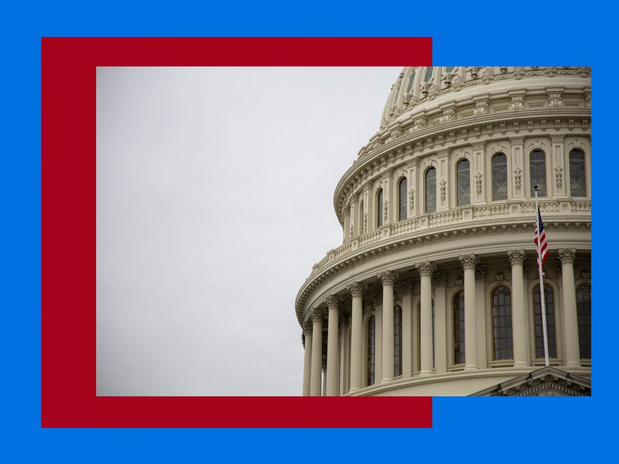In the Watergate scandal of 1972, President Richard Nixon’s integrity was questioned by the public for not being truthful about an event in the White House. As a result of that incident of dishonesty towards the public, he resigned his entire presidency. 50 years later, history has changed tremendously, and so has citizens’ acceptance of political dishonesty. In a Pew Research Center survey, more than half of Americans adults nowadays said they are confused about basic facts because of media falsification. Political lies are the norm, and you never know what is real and what is not- so what changed and why?
“Post-truth politics” is the phrase that describes a culture where political debate is emotionally connected and factually disconnected. In post-truth politics, political debate is fed through the repetition of certain points and the ignorance of factual rebuttals to those points.
There are two main facets to post-truth politics- human emotion and economic gain through the media. In the political media space where profit is made from controversy and election season is the jackpot, disagreement between citizens fuels human emotion and passion, thus making people more loyal to certain media forms and outlets. Media forms live off of this emotional disagreement financially, thus making political news dependent on viewer absorption and attachment, which disregards factual truth and introduces post-truth politics as a way to make money.
With this falsified media intake, people base their opinions and decisions off of concepts that are not the whole truth. This perpetuates the cycle of post-truth politics even further by making people more separated, all based on ideas that were intended to solely make money.
With the advance of technology and societal changes, politics has been overpowered by television performances and adversary economic benefits. However, even before televised news, newspaper companies and word of mouth were the informative outlets that shaped people’s political perspectives. Our society as a whole has gotten used to being told what to think by the most common sources of the times. So nowadays, when you see a newscaster discussing the happenings in the world, you never know if it is the whole truth, if it is part of a political agenda, or if they are only telling part of the situation to please their intended audience.
Under the umbrella of post-truth politics is human emotion intertwined with factual disagreement. As present in more recent events, where a global pandemic was seen as a political debate, it is clear that political media outlets thrive off of any and all disagreement, whether or not the evidence to fuel that disagreement is factual. The 24-hour news cycles and the imbalance in news reportings are intentional, and citizens feed into it every day.
Media outlets are society’s storytellers, so when a non-factual, heated debate fills our televisions and phone screens, it is a reflection of our political climate. The problem is when the media “is assumed” as factual science, and when people believe in their chosen media source with no questions asked.
Though always somewhat existent, the presence of social media and technology in politics has magnified post-truth politics to interfere with political action like voting, legislation, and more real change. Media is a reflection of our own perspectives, and vice versa, so in order to stop post-truth politics and its damaging aftermath, we must look for the truth ourselves.
Before forming an opinion on something, it is important to do as much research as you can from multiple outlets. If you obtain all of your information (which forms all of your opinions) on one or two news outlets, you are only being told one side of a story. It is crucial to be proactive in searching for reliable sources when deciding how you want to think, act, and vote.
Where to search for more truthful news and media is tricky with the popularity of controversy in this post-truth era, but there are sources out there that don’t give in. This Interactive Media Bias Chart lets you scan through and see how reliable and biased news sources are, and it can help you decide what sources to look for amidst this post-truth era.
In a post-truth era, being politically proactive is crucial. Though a media source may tell you what you want to hear, it may not always be the truth. Our political actions as citizens are reflected in our absorption of media, so learning the truth and voting accordingly can help mend our dividing country.


